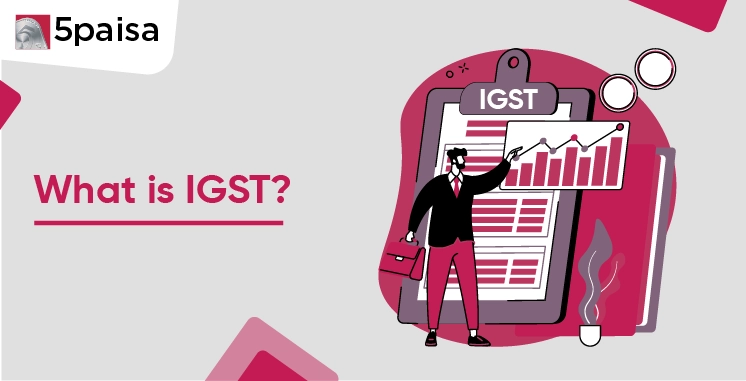Content
- What is IGST?
- How Does IGST Work?
- Key Features of IGST
- IGST Calculation: An Example
- When Does IGST Apply?
- Benefits of IGST
- GST and International Trade
- Conclusion
India’s Goods and Services Tax (GST) system, introduced in 2017, has brought a revolutionary change to the country's indirect tax structure. One of the pivotal elements of this system is Integrated Goods and Services Tax (IGST), which facilitates the smooth taxation of interstate trade and plays a key role in streamlining the movement of goods and services across the country.
More Articles to Explore
- Difference between NSDL and CDSL
- Lowest brokerage charges in India for online trading
- How to find your demat account number using PAN card
- What are bonus shares and how do they work?
- How to transfer shares from one demat account to another?
- What is BO ID?
- Open demat account without a PAN card - a complete guide
- What are DP charges?
- What is DP ID in a demat account
- How to transfer money from demat account to bank account
Disclaimer: Investment in securities market are subject to market risks, read all the related documents carefully before investing. For detailed disclaimer please Click here.
Frequently Asked Questions
IGST applies to interstate transactions, whereas CGST and SGST apply to intrastate transactions. IGST is collected by the central government and later shared with the destination state, while CGST and SGST are split equally between the central and state governments.
Yes, businesses can claim ITC on IGST paid for purchases used in business operations. This credit can be offset against future IGST, CGST, or SGST liabilities, preventing a cascading tax effect and reducing the overall tax burden.
IGST is initially levied on exports, but it is refunded to exporters under the zero-rated supply provision. This ensures that exported goods remain tax-free, helping Indian products stay competitive in global markets.
IGST simplifies interstate trade by eliminating multiple state tax filings, reducing compliance costs, and allowing businesses to claim seamless Input Tax Credit on IGST paid, ensuring smooth movement of goods across states.
For intrastate sales, CGST and SGST are levied instead of IGST. The tax is split equally between the state and central governments, ensuring fair revenue distribution while keeping compliance straightforward for businesses.



